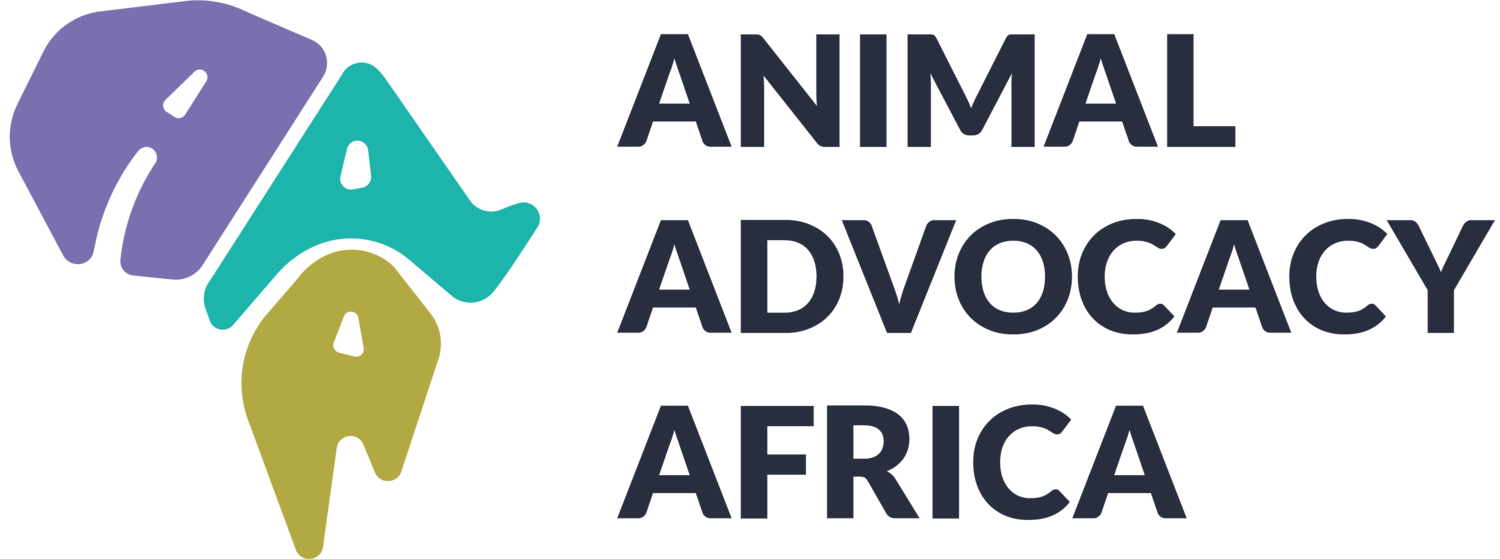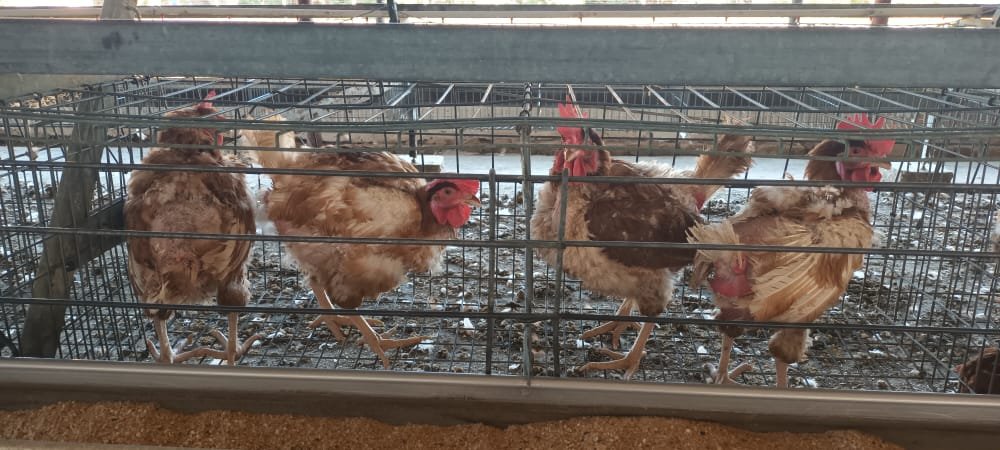Farmer perspectives on uses of battery cages in egg production, and of sow stalls and farrowing crates in pig production in Zimbabwe
Written by Sanele Ndlovu
With an increase in human population, there is an increase in the suffering of animals raised in sub-optimal conditions to meet the increasing demand for food. Nurture Imvelo Trust, in collaboration with Sibanye Animal Welfare and Conservancy Trust, carried out a landscaping survey to gather farmer perspectives on the use of battery cages in egg production, and of sow stalls and farrowing crates in pig production. The survey was carried out in parts of Matabeleland, Midlands, Mashonaland East and West Regions. The main reasons for carrying out the survey were to understand:
(i) the current levels of using battery cages in egg production and of sow stalls and farrowing crates in pig production; and
(ii) farmers’ perception of these production systems and how they affect hen and pig welfare respectively
The survey’s initial steps involved identifying potential farms from the Internet to interact with. We then emailed and called those farms to book appointments for a visit.
Field experience
During the survey period, we interacted with nine A2 (covering more than 10 hectares of land) and six A1 (covering less than 10 hectares of land , inclusive of communal farms) layer farmers, and seven A2 and 13 A1 pig farmers. The survey was in the form of farm visits where a questionnaire was administered to farmers with most of the questions focusing on the reasons why they chose the type of production system and management practices they are using. Observations were also done on the welfare status of the animals under the different production and management practices used in different farms.
Photograph taken by Sanele Ndlovu
Findings
More than half of the interviewed farmers were unaware of animal welfare practices that led to animal suffering. Battery cages were chosen for the following reasons:
Lower medical costs due to increased hygienic standards through cage usage (there is less disease transmission through faecal matter and water/food contamination)
Less feed requirement due to limited bird exercise
Limited contact with eggs resulting in clean eggs and less egg breakages
Ease in feeding, water provision, stock take management, and waste management
Selling pure bird droppings from layer hens (that are not mixed with litter, grass or bedding which would be the case in cage free or deep litter farming) for cattle feed. Pure droppings can be sold at higher prices than those that are mixed with other material.
All perceived reasons led to a reduction in overall production costs, thereby increasing profits from battery cages compared to deep litter.
Farmers prefer the use of sow stalls and farrowing crates in pig production for the following reasons:
Sow stalls
Allows farmers to provide individual feeding and care to animals
Prevent sows from fighting
Less space required by individual sow allowing more sows to occupy a given space
Limited feed consumption due to less energy needed by sows
Farrowing crates
Prevent sows from crushing piglets
Prevent farmers from being injured by sows when protecting piglets
Reduction of cannibalism of piglets by sows
Allows piglets to feed from sows through breastfeeding
Photograph taken by Sanele Ndlovu
Challenges
Some farms that were identified on the Internet no longer existed, while some that were not on the Internet were viable and in production
Some farmers were not responsive despite set appointments
Being denied access into certain farms where no prior appointments were made
Next steps
The survey is still ongoing with the aim of reaching more farmers covering many parts of the country. The goal is to interact with a total of 30 layer hen and 30 pig farmers to gather more representative data. We plan to publish a paper in the future about farmers’ perspectives on the use of battery cages, sow stalls and farrowing crates in egg and pig production respectively. While our research is still ongoing, we wanted to write about our preliminary findings to present the status of animal welfare in the country through farmer responses. Findings from the survey will be used as baseline information to map where we are as a nation on animal welfare related issues and to inform interventions that are needed to address layer hens and pig welfare in Zimbabwe.



